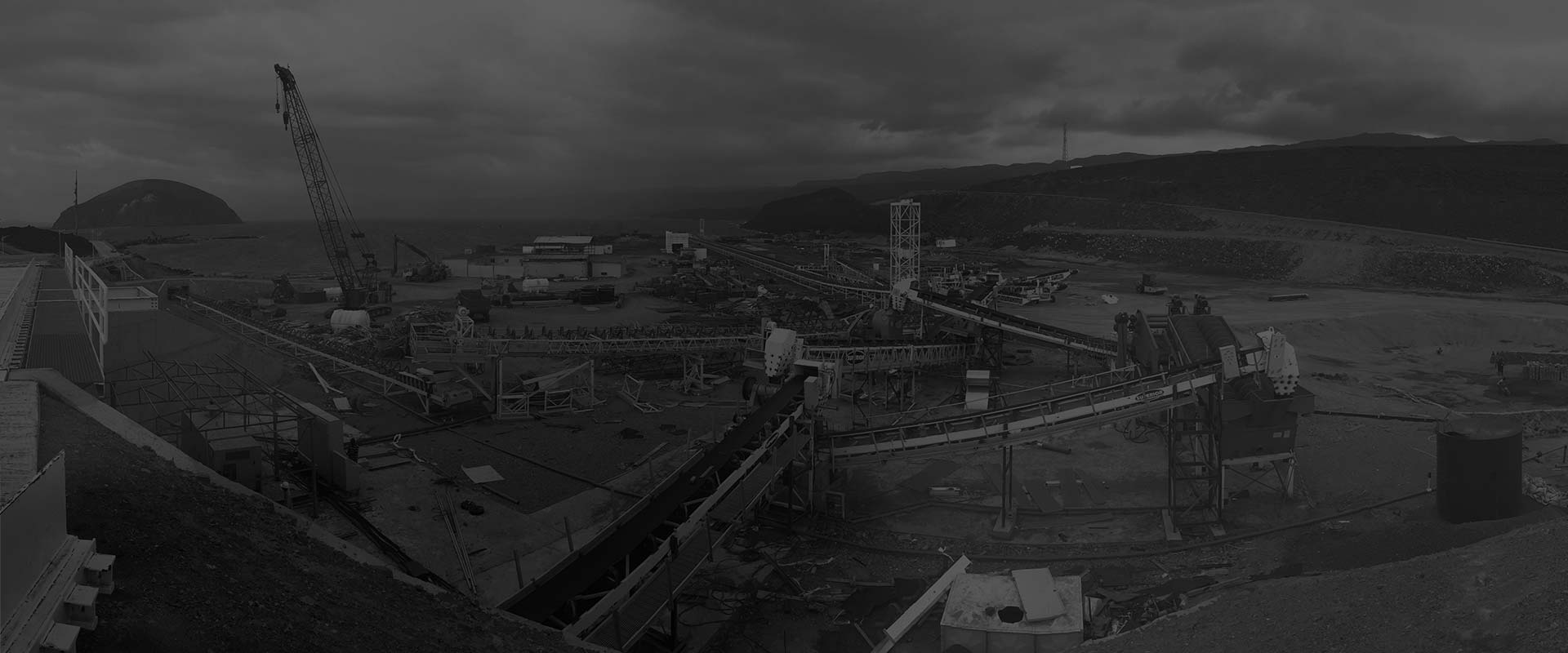0086-379-64087240
In the dynamic landscape of industrial operations, the fusion of power and chemistry has given rise to transformative technologies. One such innovation that stands out is the tube mill cement process, a remarkable synthesis of mechanical power and chemical reactions. This blog explores the profound impact of tube mill cement on industrial operations, unraveling its intricacies and highlighting the key reasons behind its widespread adoption.
The tube mill cement process is a testament to the effective harnessing of mechanical power in industrial settings. Unlike traditional cement production methods, which often rely on batch processes, tube mill cement utilizes continuous grinding and blending. This continuous operation not only enhances efficiency but also allows for finer control over particle size and composition. The precision achieved through mechanical power has far-reaching implications for the quality and performance of the end product.
At the heart of tube mill cement lies the fascinating interplay of chemical reactions. The raw materials, primarily limestone, clay, and other additives, undergo a series of transformations as they pass through the tube mill. These chemical reactions, facilitated by the mechanical forces applied during grinding, result in the formation of the coveted cement clinker. Understanding this chemical alchemy is crucial for optimizing production parameters and ensuring the desired properties in the final cement product.
In an era where sustainable practices are paramount, tube mill cement stands out for its energy efficiency. The continuous nature of the process, coupled with advanced control systems, allows for better energy management. The efficient use of power not only reduces operational costs but also minimizes the environmental footprint of cement production. This redefined approach to energy efficiency aligns tube mill cement with the evolving standards of responsible industrial practices.
The versatility of tube mill cement extends beyond its technical aspects to its adaptability in diverse industrial settings. The process can be easily integrated into existing production lines, offering a seamless transition for industries looking to upgrade their cement manufacturing capabilities. This flexibility makes tube mill cement a viable solution for a wide range of applications, from large-scale cement plants to smaller facilities, promoting innovation and modernization in industrial operations.
The fusion of power and chemistry in tube mill cement represents a pivotal moment in the evolution of industrial operations. Its ability to harness mechanical power, facilitate chemical transformations, redefine energy efficiency, and offer adaptability in various settings makes it a cornerstone in modern cement production. As industries strive for sustainability and efficiency, tube mill cement stands as a shining example of innovation that shapes the future of industrial processes.
